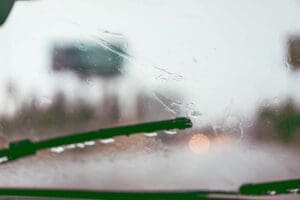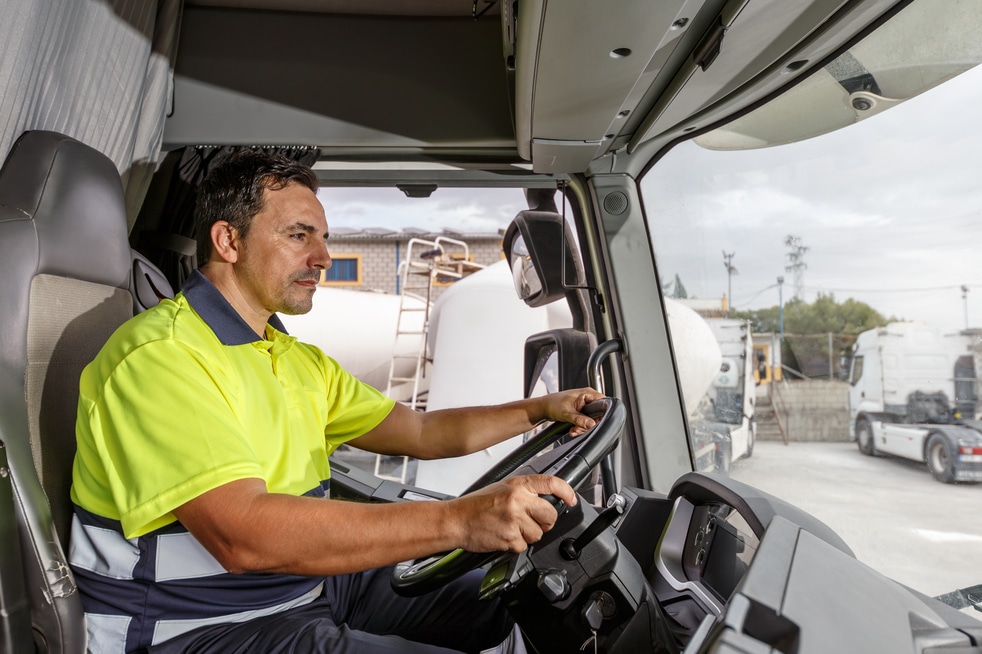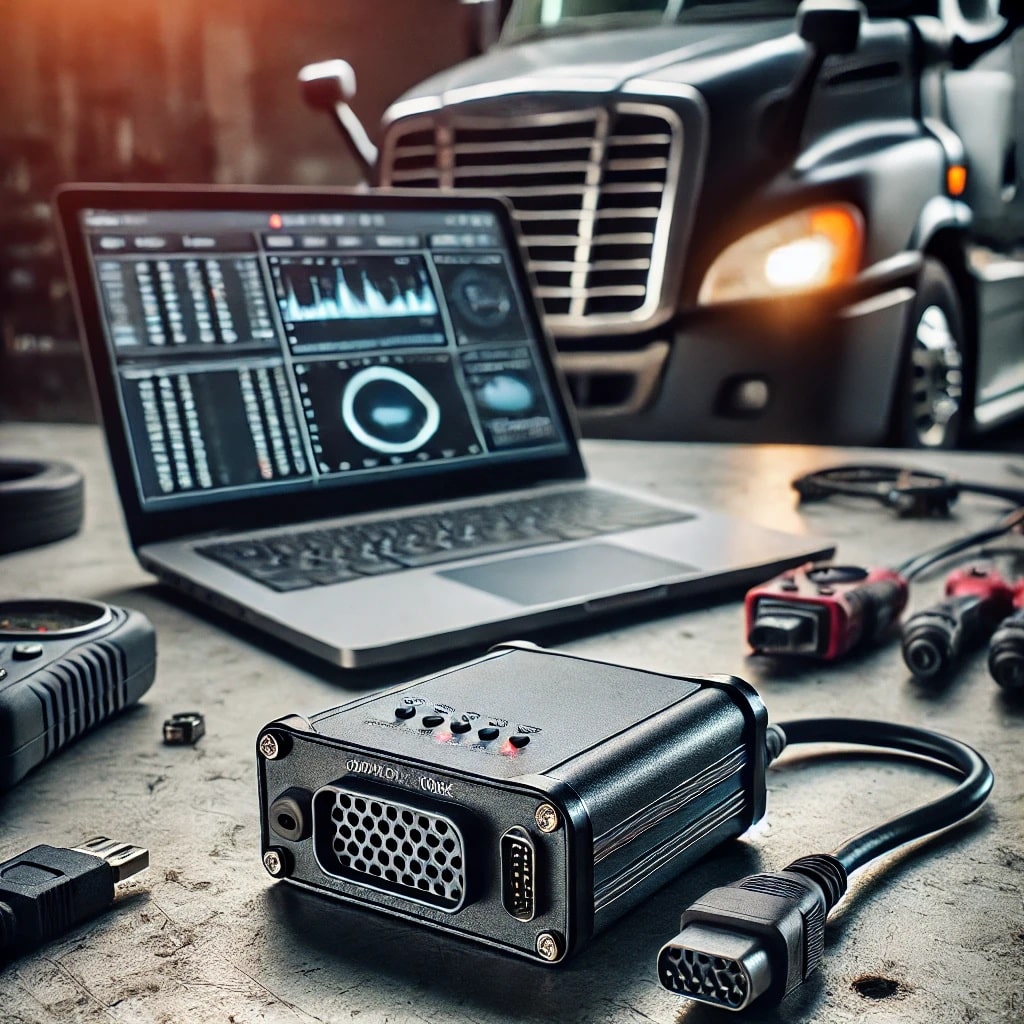Continuing our Back to Driver’s Ed series on the most common driver errors that cause crashes, I am here to remind you that driving in the rain increases the odds of a car crash.
Weather-related vehicle accidents kill more people annually than large-scale weather disasters.
At Coluccio Law, we don’t call predictable, preventable crashes “car accidents.” Most weather-related crashes could be prevented by safe driving and proper vehicle speed. They are not accidents.
Wet roads increase the odds of crash.
Many drivers fail to fully take into consideration how much the operation of their vehicle changes during rainfall.
Driving in the rain (without causing a crash)
The wetter the roads, the deadlier they become, with rain, snow and ice increasing the risk of deadly car crashes by 34% …
Light rain … increased the fatal crash risk by 27%.
Seth Borenstein, AP – Even light rain increases risk of deadly car crash
1. Start your window defogger before you drive.
People forget that this is how the defogger is meant to be used. Your windows should be clear and fog-free when you’re driving in the rain. Depending on your vehicle, you may need to run it for a couple minutes before starting to drive.
2. Check your windshield wipers.
It can be harder to see the road when you’re driving in the rain. Also, when rain is combined with dirty water kicked up from the road by other drivers, windshields can quickly become dirty.
Don’t wait until it rains to check your car’s wipers. Especially in the Pacific Northwest, it is critical to ensure that your vehicle’s windshield wipers are highly functional.
3. Slow down.
Nearly every time it rains in Seattle, I see both passenger cars and semi-trucks go speeding down the road without any consideration of the vehicle speed, or how close they are to the vehicle in front of them.
Among other things, driving too fast on wet roads increases your risk of hydroplaning.
Hydroplaning occurs happens when the tires of your vehicle begin to ride on top of standing water instead of the surface of the road. This can occur even when the roads are only slightly damp. It’s dangerous, and you should try to avoid at it.
4. Increase your following distance.
Rain can make it more difficult to stay on a roadway, to stop, or to avoid colliding with other vehicles. Leaving more space between you and the vehicle ahead of you keeps you both safer.
And leave the cruise control off.
5. Navigate turns slowly.
Drivers make the mistake of failing to account for the additional time it takes to brake and turn on wet pavement.
When it has been dry for extended periods of time, oil rises to the surface and creates a greasy surface. If you can’t stop your car in time, that’s when a crash occurs.
6. Do not drive through standing water.
Especially in the late fall or early winter, before leaves have been cleared, large puddles cover the roads near clogged drains.
Driving through these puddles can cause a loss of control of your vehicle. They can also throw water across your windshield making it difficult to see.

I have seen over the course of my career, is that drivers fail to properly consider weather conditions and operate their vehicles without properly assessing their actions until it is too late.
You can prevent the harm and damages caused by a motor vehicle collision by not causing one.
Pacific Northwest drivers must do better in the rain.



